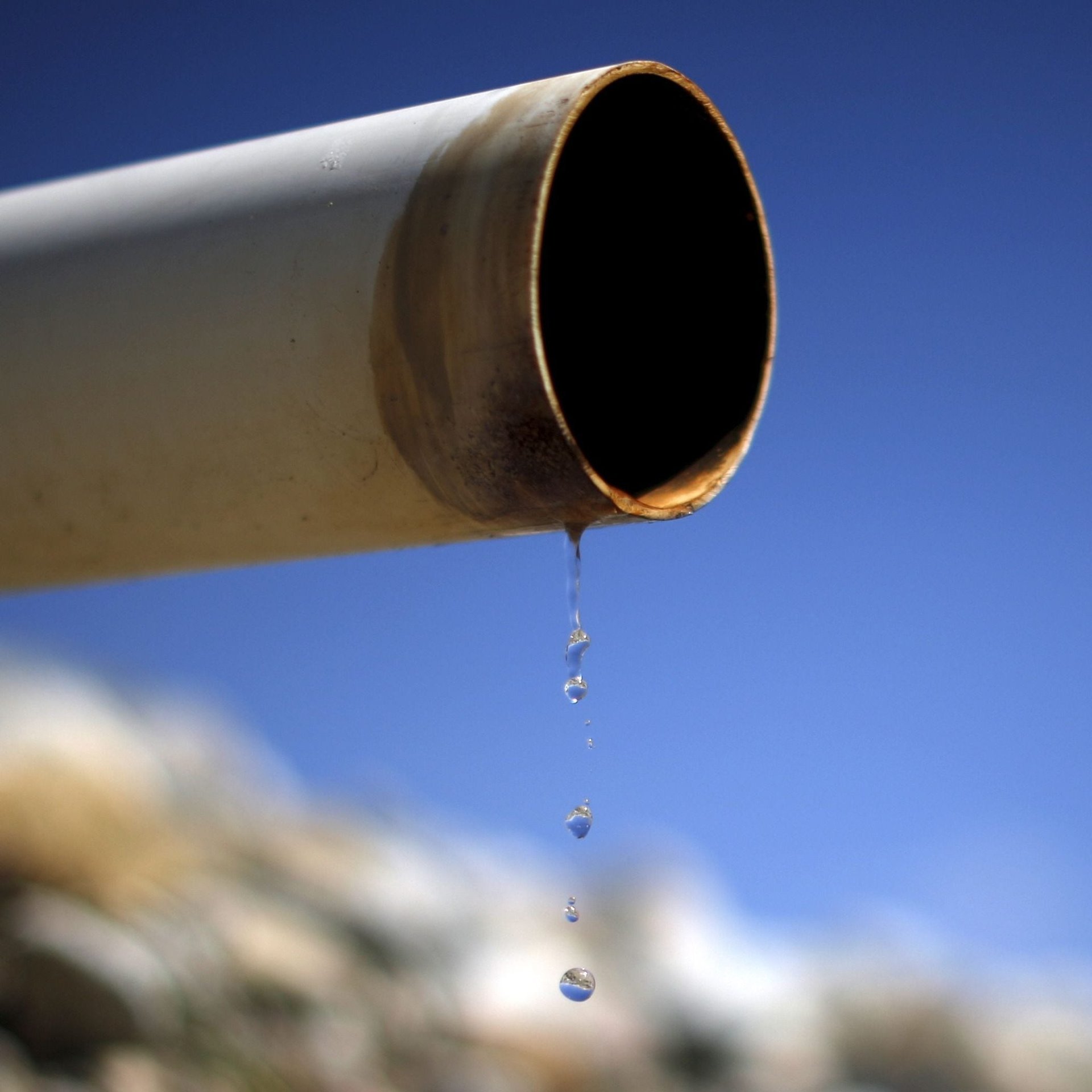Where to find out everything about water
If you want to keep on top of the ways water is changing around the world—and how people are trying to preserve its supply for future generations—this is a comprehensive list of the people and resources you need to know.


If you want to keep on top of the ways water is changing around the world—and how people are trying to preserve its supply for future generations—this is a comprehensive list of the people and resources you need to know.
If there’s one Twitter feed to watch, it’s @WillSarni, former Deloitte adviser on water issues, and one of the most knowledgeable people in the water world, now running his own water consulting and investing business. Sarni picks up all the worthwhile news articles on water.
@bradudall is the senior water and climate research scientist/scholar at Colorado State University. It’s a water nerd’s paradise.
Natasha Wiseman’s account, @wiseonwater, is from water industry public relations consultant who picks up a lot of articles on water and drought.
@alexisjmorgan is the global water stewardship lead for the WorldWide Fund for Nature. His tweets on water are often opinionated and always informed.
Veena Srinivasan’s account, @veenas_water, is a Bangalore-based water researcher who tweets on water issues in India.
The World Bank’s made water a major priority, and its feed, @WorldBankWater, captures key data and is often the first word on World Bank reports
Books
Plenty of tales on water have been told, from Moby Dick to KonTiki. Here are some books about water itself that will give you a solid (or at least liquid) understanding of some of the key water issues.
Bottled and Sold: The Story Behind Our Obsession with Bottled Water. The ubiquitous Peter Gleick chronicles how a free, natural resource, turned into a mass luxury commodity.
Virtual Water: Tackling the Threat to Our Planet’s Most Precious Resource, by Tony Allan. A vital guide to understand that everything we use or buy—from food and clothing to electronics and energy—has a hidden water cost, what Allan calls “virtual water.”
Blue Revolution: Unmaking America’s Water Crisis, by Cynthia Barnett, is a feel-better guide to how we can avert Day Zero, the day when we run out of drinkable water. Barnett, an award-winning investigative journalist argues we need a water ethic, a blue revolution that could revive a respect for water, and shows good water practices around the world.
Elixir: A History of Water and Humankind, by Brian Fagan, is a very readable and deeply researched history of humanity’s relationship with fresh water from ancient Mesopotamia onward, showing that responsible and community-focused water management has helped civilizations thrive.
Cadillac Desert, by Marc Reisner, is a classic of the money, politics, and geography at stake in water. His book chronicles the political, financial and environmental battles around transforming California’s Central Valley from a semi-arid plain into the most productive and environmentally altered agricultural region in the history of the world.
The Big Necessity: The Unmentionable World of Human Waste and Why It Matters, by Rose George, covers the other end of water: human waste, and offers a fascinating tour of London sewers and gas-generating Chinese composting toilets. “Four in 10 people,” she writes, “have no access to any latrine, toilet, bucket, or box. Nothing.”
The US Department of Defense’s annual Worldwide Threat Assessment describes the national security risks to the US from increased competition for diminishing water resources.
Movies
Chinatown – The 1974 Roman Polanski classic with John Huston, Faye Dunaway and Jack Nicholson as Jake Gittis, a private detective who’s chasing a cheating husband when he stumbles into a battle over Los Angeles’ water supply.
A Quantum of Solace – The 2008 James Bond film stars Daniel Craig as Agent 007, this time stopping a supervillain from staging a coup in drought-stricken Bolivia to seize control of the nation’s water supply.
Online Sources
Unwater.org is the home to most of the UN’s voluminous work on water. Short studies, vast reports, and easy-to-read infographics are all here for free.
The World Resources Institute’s global water risk mapping tool, the Aqueduct Water Risk Atlas , helps companies, investors, governments, and other users understand water-related risks and opportunities.
The Water Footprint Calculator lets you see how much water goes into the food you eat and the clothes you wear.
Water Conferences
The big international water event is World Water Week, held at the end of August each year in Stockholm, Sweden, organized by the Stockholm International Water Institute. More than 300 organizations from 130 countries meet to discuss global water issues. August 26-31
The Global Water Summit makes no bones about its purpose—the website says it all: www.watermeetsmoney.com. It’s a gathering of high-level executives in the business of water. April 8-10, London, UK
The big US event is the annual ACE conference of the American Water Works Association. ACE19 will gather thousands of water utility decision makers from around the world. June 9-12, Denver, Colorado